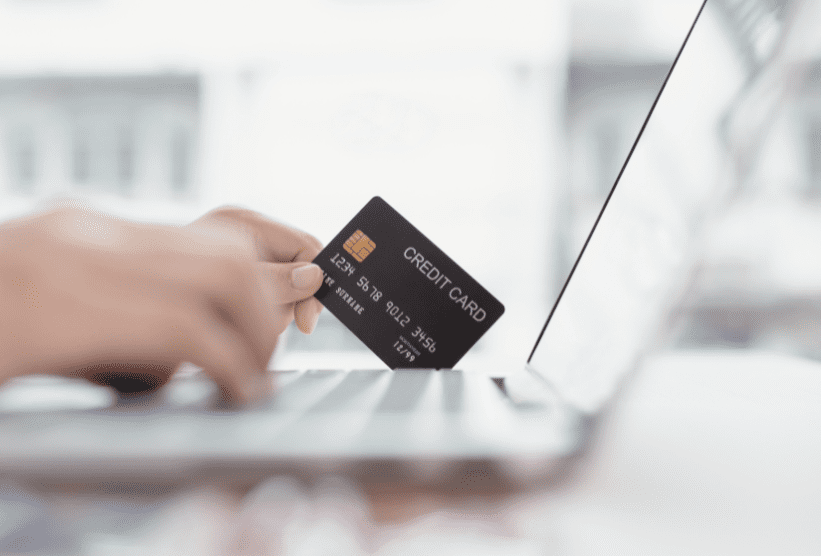More and more of us are paying online. Shopping, subscriptions, bookings – everything we need is literally at our fingertips. But is it safe to provide your card number? In a world full of social engineering attacks and cybercriminals, this question takes on particular importance. How can you protect your data to avoid unpleasant consequences?
What Card Details Are Required for Online Transactions?
During online transactions, a full set of card details is always required. This includes not only the card number but also the expiration date, cardholder’s name, and CVV/CVC code. The card number alone is never enough. If you ever come across a seller asking only for the card number, it should raise a red flag – this may be an attempt to steal your information!
Why is the complete set of information needed? The answer is simple – to verify the authenticity of the transaction and secure the funds. The card number, CVV/CVC code, and expiration date together form a security system. Missing any of these elements is not an option, making it necessary to provide all these details for any online transaction.
Moreover, these details come with their specific security features. The CVV/CVC code, although only three digits, plays a crucial protective role. It was created specifically to minimize the risk of fraud and impersonation attempts.
Strong Authentication and 3D Secure
For online transactions, providing card details alone is not enough. As part of European regulations, such as the PSD2 directive, additional security measures have been introduced – strong customer authentication and 3D Secure. These are key elements that make transactions much safer.
How does strong authentication work? It’s nothing more than double verification. Even after entering all card details, you need to confirm the transaction in your bank’s mobile app or with an SMS code. This system ensures that even if a fraudster acquires all your card information, they won’t access your funds without your authorization code.
It’s also worth noting that, within these protections, some banks may require you to enter your card PIN along with additional 3D Secure confirmation. This makes any fraudulent attempt practically impossible without authorization.
What Security Measures Do Merchants Use?
It’s not only banks that take care of your transaction security – merchants have an interest in this too. Protecting customer data is essential, as any breach could bring serious legal, financial, and reputational consequences.
Merchants implement security protocols such as SSL certificates, which encrypt data transmitted between your browser and the server. This way, even if a cybercriminal intercepts the data, they won’t be able to read it. Additionally, merchants cannot store the CVV/CVC code in their databases, further contributing to the protection of your data.

When Is It Risky to Provide Your Card Number?
Unfortunately, not all merchants are trustworthy. Moreover, a website that looks identical to your favorite store’s could be fake. So how can you recognize a potential threat?
Always be cautious if a merchant asks only for the card number, without the other details. A lack of SSL certificate or the absence of 3D Secure authorization requirements should also raise your suspicions. Additionally, remember that no bank employee or merchant will contact you by phone to ask for your card number or CVV/CVC code.
Similarly, if a store offers only card payments without additional authentication methods, that’s a warning sign. It’s not worth risking your money on sites that look suspicious.
How to Pay Safely Online with Your Card?
The security of online transactions depends not only on the bank’s or merchant’s security measures but also on your actions. It’s wise to adopt habits that can effectively protect you from fraudsters. Here are some tips:
- Only provide your card number on encrypted sites with an SSL certificate (https://).
- Use stores that offer 3D Secure.
- Set low transaction limits for online payments.
- Never click on payment links from unknown sources.
- Use antivirus software and keep your devices updated.
Also, remember that every SMS or payment notification should be carefully read. A responsible approach to online transactions reduces the risk of fraud.
Summary
Is it safe to provide your card number? Yes, as long as you take appropriate security measures and follow the tips we discussed in this article. Paying by card online is just as safe as bank transfers, sometimes even more so, thanks to the chargeback mechanism, which allows you to recover funds in case of a failed transaction.
If you still have concerns about paying by card online, you can set zero limits for online payments or use prepaid cards. Remember that when shopping online, it’s always wise to follow the principle of limited trust and never act recklessly.
FAQ – Is it Safe to Provide Your Card Number?
No. Never give your card number over the phone, even if the person claims to be a bank employee. A bank will never ask you for this information in this way.
The CVV code provides additional security for online transactions. Its purpose is to ensure that you physically have the card with you, minimizing the risk of data theft.
Look out for the absence of an SSL certificate (no “https” and no padlock symbol). It may also be suspicious if the site offers only card payments without additional verification.
Yes, prepaid cards are a safe option for online payments. With a limited amount on the card, you minimize the risk of losing larger sums of money.
Contact your bank immediately and freeze the card. Quick action can prevent loss of funds.

